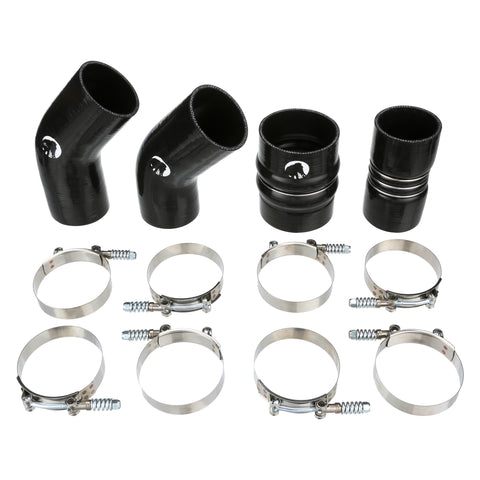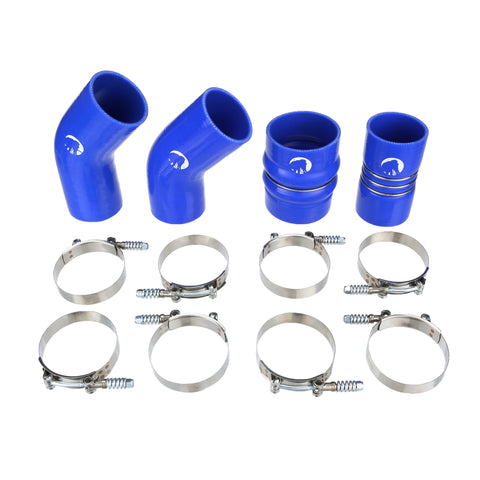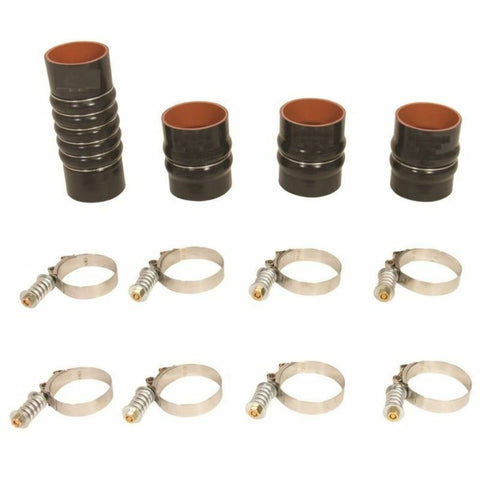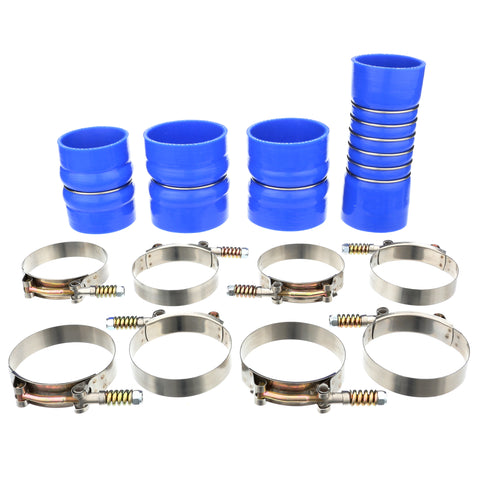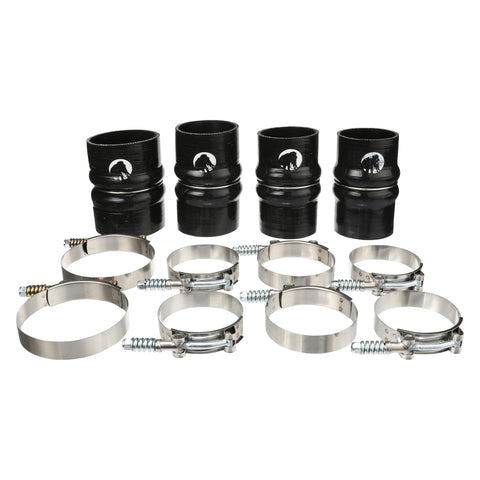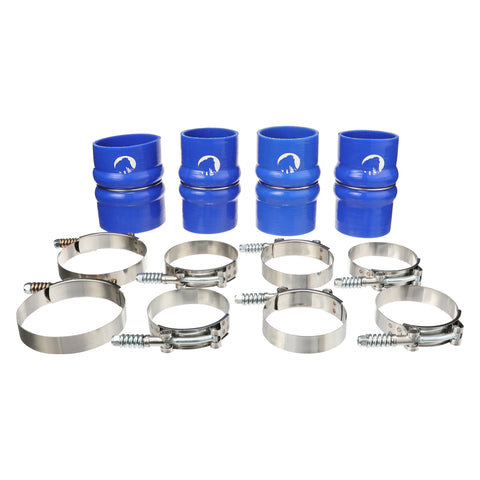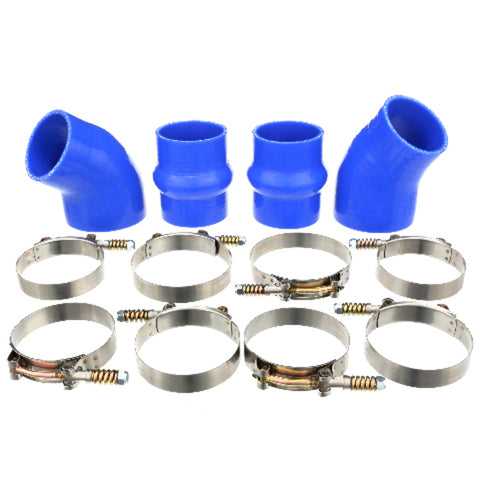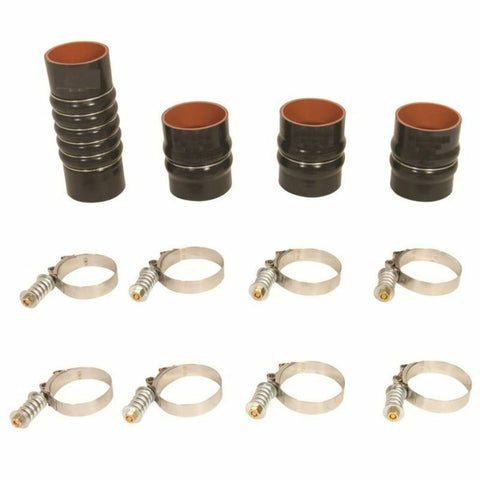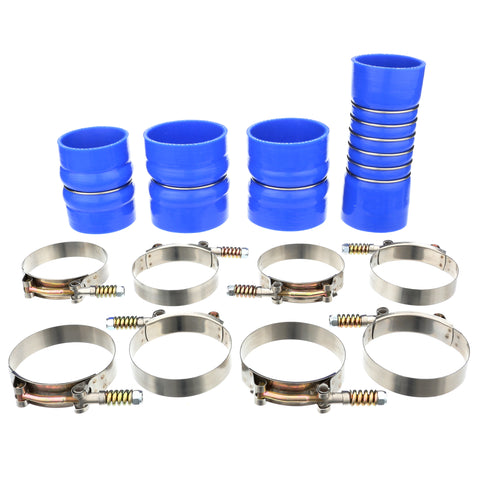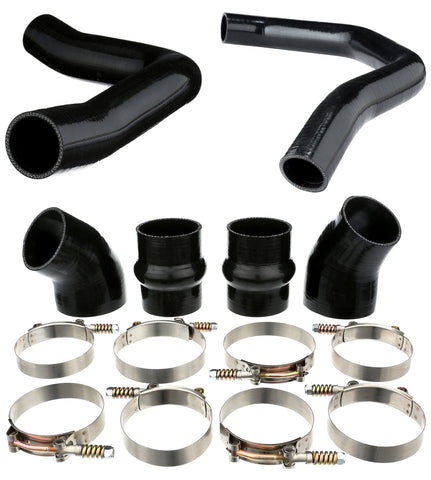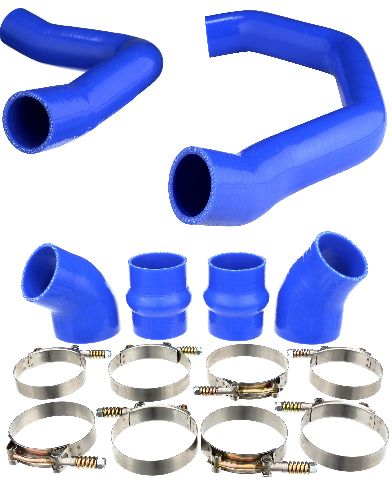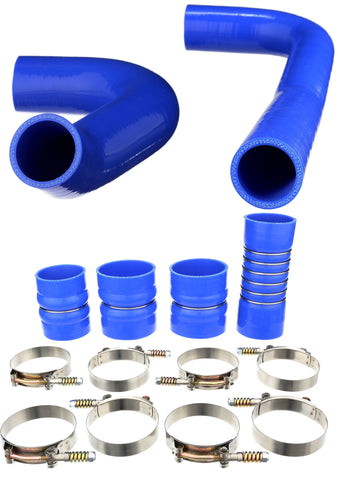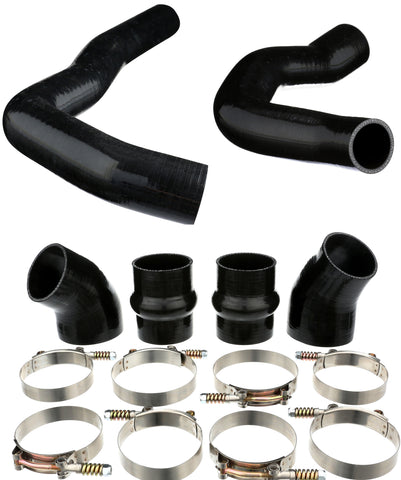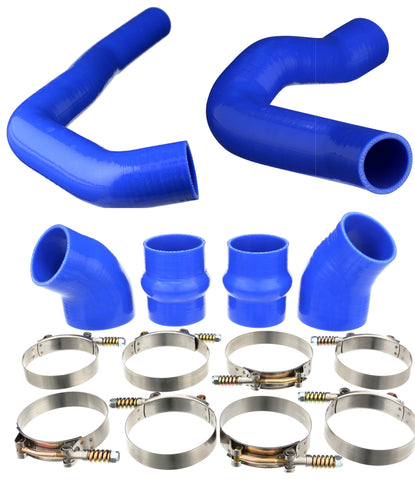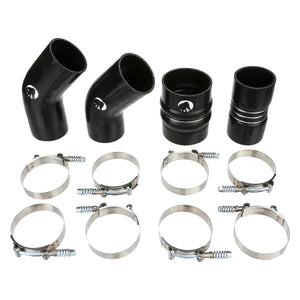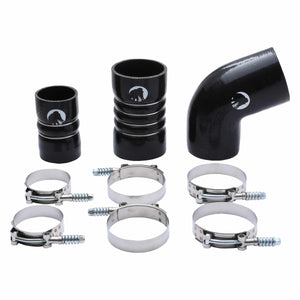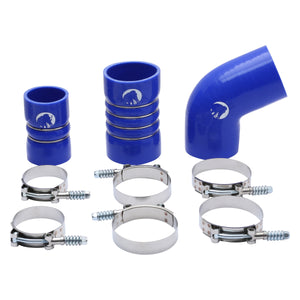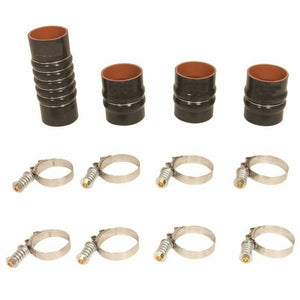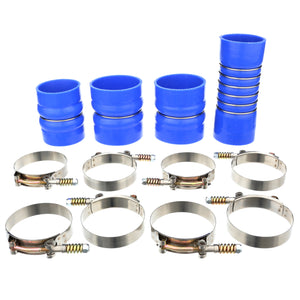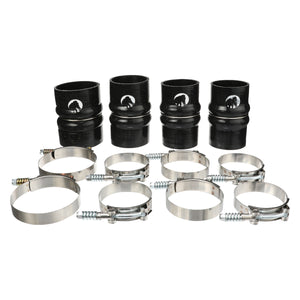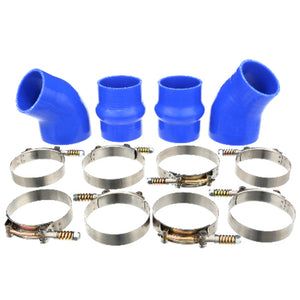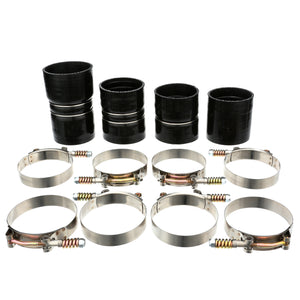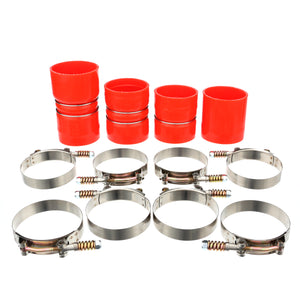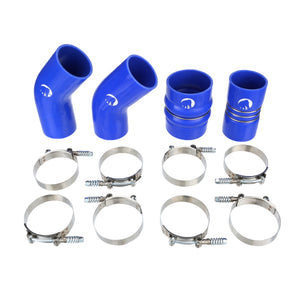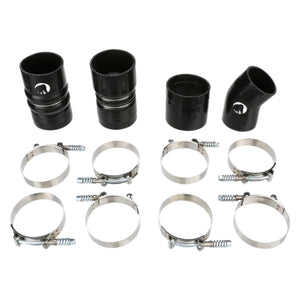Symptoms of Bad Radiator Hose

Table Of Contents
Ever wondered about that rubber tube under your hood? It's called a radiator hose, and when it starts acting up, your car could be in trouble. In this article, we'll break down the simple signs that tell you it's time to check your radiator hose. Spotting these signals early can save your engine from getting too hot. Let's dive into the basics of keeping your car cool and running smoothly.
Common Symptoms of Bad Radiator Hose
If you're concerned about the health of your vehicle, recognizing common symptoms can be crucial. Here's a quick guide to help you identify potential issues:
Overheating:
Signs: Steam coming from the engine bay, rising temperature gauge, or a dashboard warning light.
Possible Cause: A malfunctioning radiator hose can lead to coolant leaks, causing the engine to overheat.
Coolant Leaks:
Signs: Puddles of colorful liquid (usually green or orange) under the car after it has been parked.
Possible Cause: Damaged or deteriorating radiator hoses may result in coolant leakage.
Soft or Bulging Hoses:
Signs: Radiator hoses that feel soft or appear swollen/bulging.
Possible Cause: Internal damage or weakening of the hose structure, indicating potential failure.
Cracks or Fraying:
Signs: Visible cracks, splits, or fraying on the surface of the radiator hose.
Possible Cause: Wear and tear over time can lead to structural damage, risking leaks.
Collapsed Hoses:
Signs: A hose that appears flattened or collapsed when the engine is cool.
Possible Cause: Weakness or deterioration of the hose material, hindering proper coolant flow.
Engine Misfires or Poor Performance:
Signs: Rough idling, hesitation, or a noticeable drop in engine power.
Possible Cause: Inadequate coolant circulation due to a failing radiator hose can impact engine performance.
Visible Wear or Aging:
Signs: Obvious signs of wear, aging, or degradation on the surface of the hose.
Possible Cause: Natural deterioration over time, especially in older hoses.
Strange Smells:
Signs: Unusual odors, often resembling the scent of burnt coolant, while driving.
Possible Cause: Leaking coolant can come into contact with hot engine components, causing the distinctive smell.
How to Detect Symptoms Early
To detect issues with your vehicle's radiator hoses early:
- Visual Inspections: Regularly check for wear, cracks, bulges, or leaks.
- Feel for Softness: Squeeze hoses gently; firmness indicates health.
- Inspect Surface: Look for cracks, splits, or fraying on the hoses.
- Check Hose Clamps: Ensure they are secure to prevent damage.
- Monitor Puddles: Watch for coolant puddles under your parked car.
- Watch Engine Temperature: Sudden spikes may signal cooling system issues.
- Notice Unusual Smells: Strange odors, especially burnt coolant, can indicate leaks.
- Include Checks in Maintenance: Regularly inspect hoses as part of routine vehicle maintenance.
Choosing Quality Replacement
When choosing a replacement part for your vehicle, prioritize:
- OEM or Aftermarket: Decide between original manufacturer parts and reputable aftermarket options.
- Brand Reputation: Choose from trusted brands known for reliability.
- Material Quality: Opt for parts made from high-quality materials.
- Fit and Compatibility: Ensure the replacement part is a precise fit for your vehicle.
- Warranty Coverage: Select parts with warranty for added assurance.
- Customer Reviews: Consider real-world experiences from other users.
- Price vs. Value: Prioritize value over the lowest price.
- Consult Professionals: Seek advice from automotive experts or refer to your vehicle's manual for guidance.
Mammoth Parts is a leading name in the automotive aftermarket, offering a comprehensive range of high-performance components designed to elevate your driving experience. With a commitment to innovation, quality, and customer satisfaction, Mammoth Parts stands out as a trusted partner for enthusiasts and everyday drivers alike.
FAQs About Symptoms of Bad Radiator Hoses
How often should I replace radiator hoses?Radiator hoses should typically be replaced every 3 to 4 years, or sooner if you notice signs of wear such as cracks, bulges, or soft spots. Regular inspection during routine maintenance is key to identifying potential issues early.
Is DIY replacement recommended?
DIY replacement of radiator hoses is a common and straightforward task, especially for those with basic automotive skills. Ensure you have the necessary tools, replacement hoses compatible with your vehicle, and follow a step-by-step guide or your vehicle's manual. If unsure, seeking professional assistance is always a safe option.
What happens if a hose bursts while driving?
If a radiator hose bursts while driving, it can lead to a sudden loss of coolant. This can result in the engine overheating, potentially causing severe damage. Immediate action is crucial:


